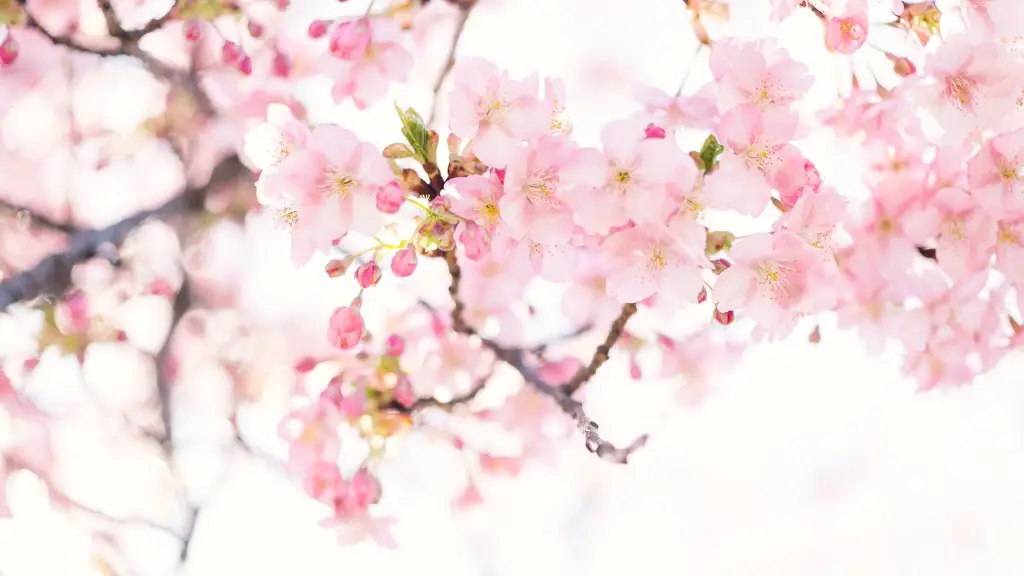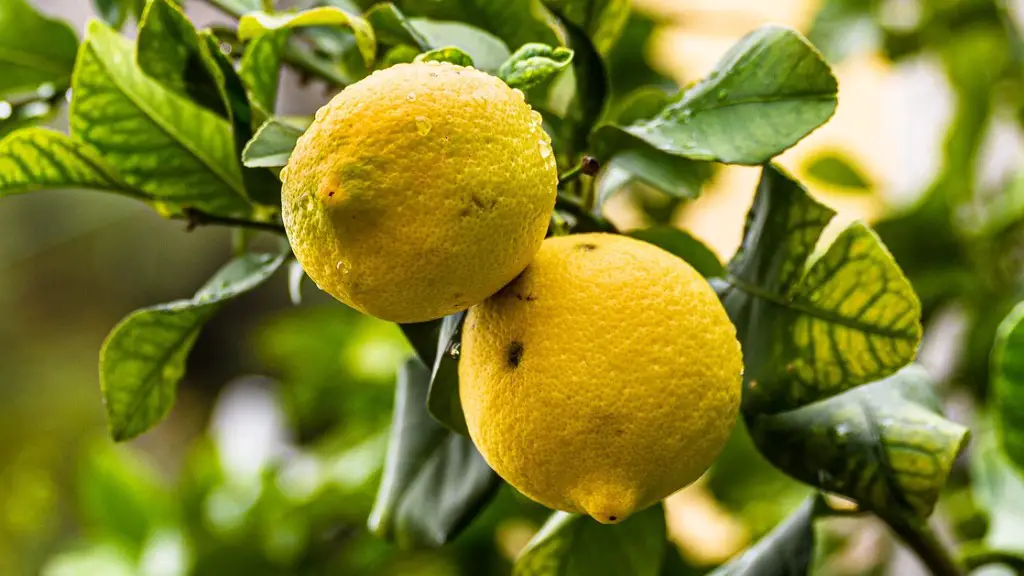Choose the Right Tool
Pruning a weeping cherry tree can be a challenging task, especially for novice gardeners. To ensure that you get the job done correctly and quickly, you’ll need the right tools—a sharp pair of hand pruners and loppers. Before you begin, make sure to disinfect your tools with a solution of 10 percent bleach to 90 percent water in order to prevent the spread of diseases among trees.
Become Familiar with Your Tree
After gathering the right tools to prune your weeping cherry tree, the next step is to become familiar with its growth habit. Weeping cherry trees have branches that are long and pendulous, so they need to be pruned in a way that will maintain their natural habit. These trees generally produce their blossoms on new wood, so to get the best show of flowers in the spring, you’ll want to focus your pruning efforts toward the ends of the branches.
Timing is Everything
When it comes to pruning your weeping cherry tree, timing is crucial. In most climates, the best time to prune your tree is in late winter or early spring. During the winter months, the tree is in its dormant state, but you should wait until the danger of severe cold is past before pruning your tree.
Select the Right Branches
Once you begin pruning, your aim should be to maintain the form of your tree. Start by removing any diseased, damaged, or dead branches on the tree. You’ll also want to remove any branches that are growing inward towards the center of the tree, as these can crowd out the new growth. To give your tree a well-shaped canopy, prune off any branches that are growing out of proportion with the rest of the tree.
Create a Proper Canopy
Weeping cherry trees should have a domed or umbrella-like canopy. To achieve this, look for branches that are growing outward and downward. Cut these back to the point where an outward-growing side branch forks off. Make sure to cut at an angle to direct the new growth outward. If you notice any overlapping branches, you should also prune them back to create more space between the branches.
maintenance Pruning
Once your weeping cherry tree is established, you can maintain the canopy by brushing and removing extra foliage from the tree. This is usually done in the late fall or winter weeks. Brushing will help reduce the number of fungal spores on the tree, which can be a big plus for trees growing in wet and shady conditions.
Create a Balanced Structure
At the end of the pruning season, it’s important to look at the overall structure of your tree. Even though weeping cherry trees typically have a vase-shaped canopy, they still need to have good balance and structure. The branches need to reach an even distance outward and inward to create a pleasing shape. You may also find that constructing a central leader branch in the early stages of your tree’s life can help it develop an even structure.
pruning After Planting
When you first plant a weeping cherry tree, you’ll need to prune it quickly in order to promote branch health and growth. As with any other pruning, you want to start by looking for dead and damaged branches and cut them off as soon as possible. After that, you can prune back any branches that are longer than the others, since these can end up blocking sunlight from reaching the shorter branches.
Pruning for Health and Safety
It’s important to routinely prune your weeping cherry tree for health and safety reasons. Dead limbs can break and cause damage or injury, while damaged branches can spread diseases throughout the entire tree. Finally, to keep your tree healthy, you’ll need to inspect the canopy for signs of insect infestations or diseases and quickly remove any damaged parts.
Caring for your Tree During Pruning
In addition to pruning for health and safety, you should also prune your tree for aesthetics. You can shape and sculpt the canopy to create a more even and pleasing overall appearance. When pruning, don’t forget to keep the characteristic vase shape of the weeping cherry tree.
Looking Out For Fungal Diseases
Due to their pendulous branches, weeping cherry trees are more susceptible to fungal diseases than other tree types. Before you begin pruning, look for signs of leaf spot, blight, or canker and cut off any infected or damaged branches. Also, be sure to prune your tree in late winter or early spring and let the tree dry out afterwards to prevent fungal diseases.
Protecting The Tree From Severe Freezes
When winter rolls around and temperatures plunge below freezing, you may need to prune more aggressively in order to protect your weeping cherry tree from severe freezes. This means removing damaged or dead branches, but it also means removing healthy branches if a freeze is forecast to be especially severe.
Pruning for Performance and Size
Over time, your weeping cherry tree may become overgrown and out of shape. When this happens, you can use pruning to reduce the size and improve the performance of the tree. Start by removing any overcrowded branches, then cut back any new growth that has outgrown the desired size of your tree. Finally, you can remove any branches that are growing too close to sidewalks or rooflines in order to keep your tree sized appropriately.
Know What Not To Prune
When pruning your weeping cherry tree, it’s important to know what not to prune. You should never prune any branches that are growing downward. These are the branches that will produce the most flowers in the spring. You should also avoid pruning in the summer, when the tree is actively growing—any pruning done then will completely remove the flower buds for the next year.



